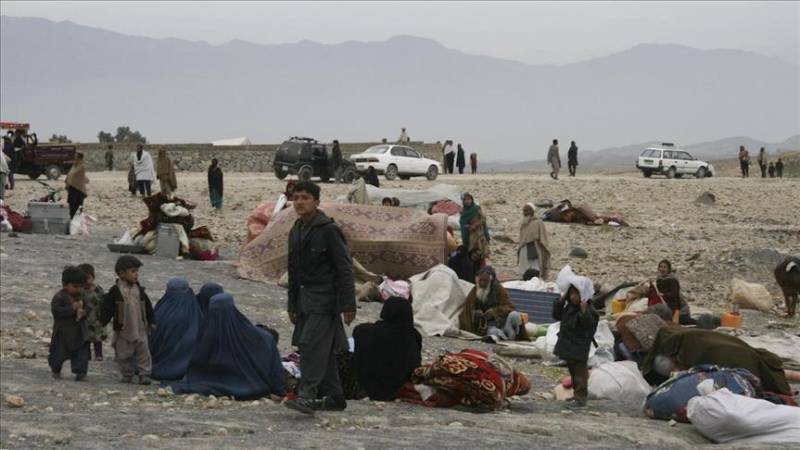
More Afghan civilians were killed by Afghan and NATO forces than by the Taliban and other militants in the first half of 2019, United Nations Assistance Mission In Afghanistan (UNAMA) said a in a report.
Most of the civilian casualties were apparently inflicted during Afghan and NATO operations against insurgents, such as airstrikes and night raids on militant hideouts. Insurgents often hide among civilians.
According to UNAMA, 403 civilians were killed by Afghan forces in the first six months of the year and another 314 by international forces, a total of 717. That is compared to 531 killed by the Taliban, an Islamic State affiliate and other militants during the same period.
It said 300 of those killed by militants were directly targeted. The Taliban have been carrying out near-daily attacks, mainly targeting security forces.
The report said civilian deaths and injuries were down by a quarter from January to June 2019 compared with the same time last year, when casualties were at an all-time high. Civilian casualties attributed to insurgents dropped by 43 per cent.
The report said one in three casualties was caused by ground combat and a fifth were caused by roadside bombs. Aerial operations accounted for around 14 per cent of the casualties.
Meanwhile, women continue to be disproportionately impacted by the armed conflict in Afghanistan. Up to June 30, the conflict caused 430 women casualties (144 deaths and 286 injured), a decrease of 22 per cent compared to the same period in 2018.
Child casualties represented almost one-third of the overall total of civilian casualties, with 327 deaths and 880 injured. Children continue to comprise the vast majority –84 per cent– of all civilian casualties from explosive remnants of war.
"Parties to the conflict may give differing explanations for recent trends, each designed to justify their own military tactics," said Richard Bennett, the human rights chief of the UNAMA.
He said the situation for ordinary Afghans would be improved "not just by abiding by international humanitarian law but also by reducing the intensity of the fighting".
Most of the civilian casualties were apparently inflicted during Afghan and NATO operations against insurgents, such as airstrikes and night raids on militant hideouts. Insurgents often hide among civilians.
According to UNAMA, 403 civilians were killed by Afghan forces in the first six months of the year and another 314 by international forces, a total of 717. That is compared to 531 killed by the Taliban, an Islamic State affiliate and other militants during the same period.
It said 300 of those killed by militants were directly targeted. The Taliban have been carrying out near-daily attacks, mainly targeting security forces.
The report said civilian deaths and injuries were down by a quarter from January to June 2019 compared with the same time last year, when casualties were at an all-time high. Civilian casualties attributed to insurgents dropped by 43 per cent.
The report said one in three casualties was caused by ground combat and a fifth were caused by roadside bombs. Aerial operations accounted for around 14 per cent of the casualties.
Meanwhile, women continue to be disproportionately impacted by the armed conflict in Afghanistan. Up to June 30, the conflict caused 430 women casualties (144 deaths and 286 injured), a decrease of 22 per cent compared to the same period in 2018.
Child casualties represented almost one-third of the overall total of civilian casualties, with 327 deaths and 880 injured. Children continue to comprise the vast majority –84 per cent– of all civilian casualties from explosive remnants of war.
"Parties to the conflict may give differing explanations for recent trends, each designed to justify their own military tactics," said Richard Bennett, the human rights chief of the UNAMA.
He said the situation for ordinary Afghans would be improved "not just by abiding by international humanitarian law but also by reducing the intensity of the fighting".
